A tasting with wines from the famous South African winery
Meerlust is an old and very established wine producer in South Africa. They also have a long history of supplying wines to the Swedish market. Their importer, Tryffelsvinet, recently organised a tasting of several of their wines led by Eddie turner from the winery. Peter Modin reports on the tasting that included wines back to 1991.
An opportunity to taste some current and older vintages from top South African producer Meerlust arose on 18 January 2012, hosted by Swedish wine importer Tryffelsvinet.
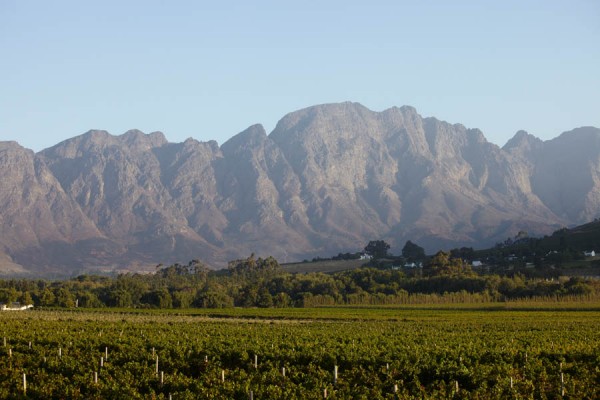
Since the Swedish consumer market does not currently abound in South African premium wine, and since Meerlust wines have impressed me previously, this was not chance I was about to miss. The producer, founded in 1693 and currently (since eight generations) owned by the Myburgh family, is one of the most highly esteemed vineyards in the country, not least due to the consistently high quality of its premium blend Rubicon. This Bordeaux style blend has been produced since 1980 and the latest vintage released, 2007, was recently awarded five stars (along with six other red blends) in the authoritative South African wine guide Platter’s 2012 edition. This is a first for Rubicon, and of course a source of pride and joy for Meerlust.
Meerlust Chardonnay
The producer mostly grows black grapes on granite and clay soil, but also grows some chardonnay on sandy soil. We sampled the 2008 Meerlust Chardonnay, which was a well-made white with citrus and strong aromas of tropical fruit (pineapple, banana) on the nose. Eddie Turner, who represented Meerlust at the tasting, clarified that Meerlust chardonnay is oaked in the traditional South African way; that is, more heavily than the modern, lighter South African style of chardonnay.
This wine was tasty and rich with hints of hazelnut, but did not stand out in comparison with similar wines in the same price range. Eddie Turner recommended drinking this wine within a year, but decently fresh acidity leads me to think it may nevertheless benefit from a little cellaring, depending on which style you prefer.
Meerlust merlot

2007 Meerlust Merlot just says Merlot on the label, but contains some 14 % cabernet franc, which should be the main reason for its green, grassy notes on both nose and palate. This addition improves what would otherwise have been a decent, fruity merlot and makes it more interesting. It is a balanced wine with a nice individual character.
After this, several cabernet sauvignons were tasted, of which some were particularly impressive. One might think that South Africa’s favourable climate and geography would make vintage variation small, but this is not the case at all, and Meerlust only produces cabernet sauvignon in years when the weather is particularly favourable for this grape.
Meerlust cabernet sauvignon
First, two older vintages were sampled: 1991 and 2004 Meerlust Cabernet Sauvignon, the latter of which was the present winemaker’s first year at Meerlust. The ’91 was aged in 100 % new oak for 24 months. There was spicy cedar on the nose, some maturity but still freshness and a slightly flowery bouquet in combination with blackberries, the variety’s typical cassis flavour and (despite its age) fresh acidity which clearly demonstrated the aging potential in Meerlust’s cabernet sauvignon.
In 2004, weather variation resulted in a smoother wine, which had more cedar and ripe jam on the nose as well as sweetness and softer tannin on the palate. This wine is not likely to survive cellaring anywhere near as long as the 1991, even though it was very drinkable now.
The currently available vintage, the 2009 Meerlust Cabernet Sauvignon (which was released by the Swedish national alcohol retailer Systembolaget on 1 February) is an excellent wine. It was clean on the nose with ample blackcurrant and dark fruit aromas, with hints of cedar, plum and violet. On the palate, fresh fruit dominated. The wine had a sound tannin structure and nice complexity and length. The rubbery plastic character so often present in other South African reds was luckily subdued if at all present in this wine.
2009 was a fantastic year with good winter rains and a cool and hence long growing season, which has surely contributed to the high quality of this wine. It was matured in 80 % new oak for 18 months (the remaining 20 % were one year-old barrels). The 2009 Meerlust Cabernet Sauvignon was described by the producer as ready to drink now but also possible to cellar for up to another 15 years, which just might be correct. Personally, I prefer to drink reds that still have some fruit in them, so I might not keep the bottle I bought on 1 February for quite that long just to be on the safe side, but still.
Rubicon – the Bordeaux blend in a series of vintages
We then moved on to Rubicon, Meerlust’s famous Bordeaux style blend. The blend is normally 70 % cabernet sauvignon, 20 % merlot and 10 % cabernet franc. However, there is a significant difference between Meerlust Rubicon and Bordeaux wines in the same price range: Rubicon offers more bang for the buck, particularly in terms of fruit and flavour intensity. The Rubicon has been available at Systembolaget for many years, unsurprisingly when you bring both price and quality into the equation.
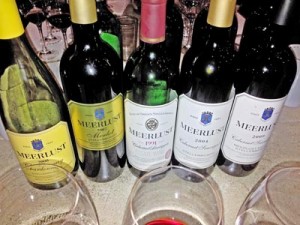
The oldest vintage we tasted was 1991 (the blend was 66 % cabernet sauvignon, 22 % merlot and 12 % cabernet franc back then); the wine had a fresh aroma of ripe, red fruit and hints of stable on the nose; the acidity and tannin level were both good, but the wine had begun to dry up a little. Still a good and elegant wine, though, after 20 years.
The next wine was vintage 1998, which was described by the producer as a good year. The wine had the typical composition (see above). All the must used for Rubicon is fermented separately and blended after 6-8 months, after which the wine is barrel aged, in this case on 80 % new oak for 18 months. The bouquet was less fresh in this wine; it featured more ripe (almost dried) fruit due to the hotter year. Good acidity, but also starting to feel a little tired.
After this, we tasted the Rubicon from 2001, which was a very dry and very good year; this wine has won lots of awards. There was a little more cabernet sauvignon in the blend this vintage, 70 % (20 % merlot, 10 % cabernet franc). I found darker fruit and some cigar box on the nose; the wine was initially almost closed, but opened up as we tasted and showed more fruit. The tannin structure was good but softer and well-integrated, and the fruit very rich indeed on the palate. Perhaps ten years is around the optimum cellaring time for a good bottle of Rubicon.
The present vintage of Rubicon offered by Systembolaget is the 2007, which was a challenging year for the winemaker and efforts were made, for example by green harvesting, to ensure that the quality of the ripe grapes would be optimal. This year, the blend contained an even higher percentage of cabernet sauvignon – the wine consisted of 15 % merlot, 11 % cabernet franc and the remaining 74 % cabernet sauvignon. The aroma was greener, with aromas of bell pepper, dark fruit, dairy and meat products and a hint of smoke on the nose. The flavour was nicely fruity and well balanced. The tannin structure in combination with this indicates that the wine will benefit from cellaring for at least five if not ten years.
Eddie Turner told us that future Rubicon vintages, beginning with 2008, will also contain some petit verdot. It will be interesting to see how this will affect the wine.
My conclusion is that Meerlust retains and strengthens its position as one of South Africa’s very best red wine producers – I had no major complaints on any of the wines we tasted, and the current vintages of both the cabernet sauvignon and the Rubicon were truly excellent wines.
More on Meerlust: https://www.meerlust.com/
More on the wine importer Tryffelsvinet: https://www.tryffelsvinet.se
Peter Modin writes on BKWine Magazine on tastings and events in Sweden and elsewhere.
[box type=”info”]BKWine organises wine tours to South Africa. Currently we don’t have a South Africa tour on our scheduled program in English (but we do have one for the Swedish market – you can try that too) but we also organise custom tours there too. Take a look at our program.[/box]


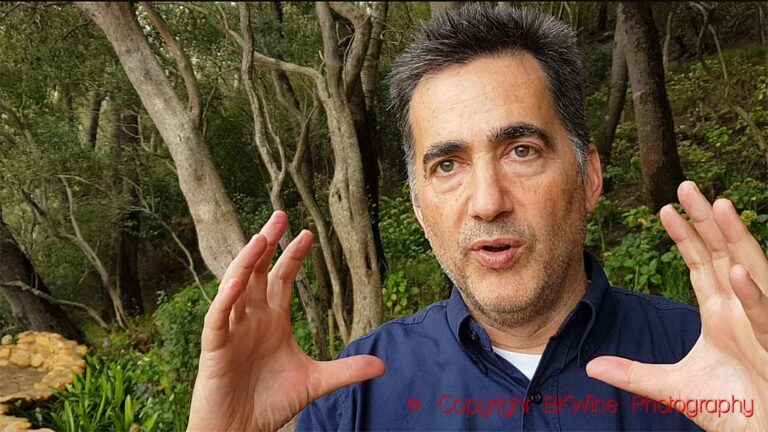
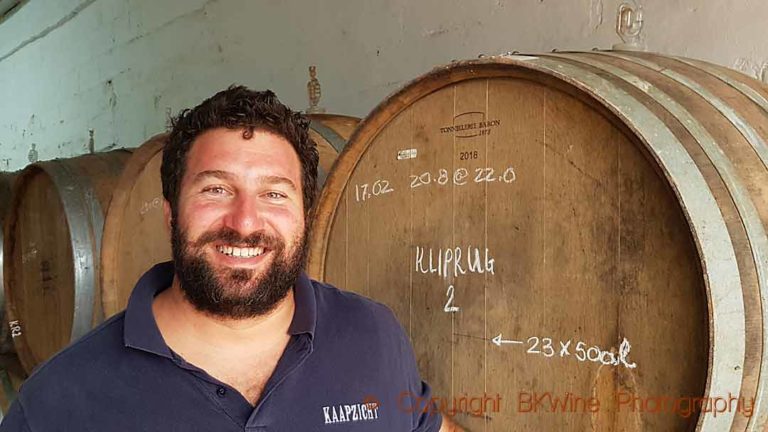
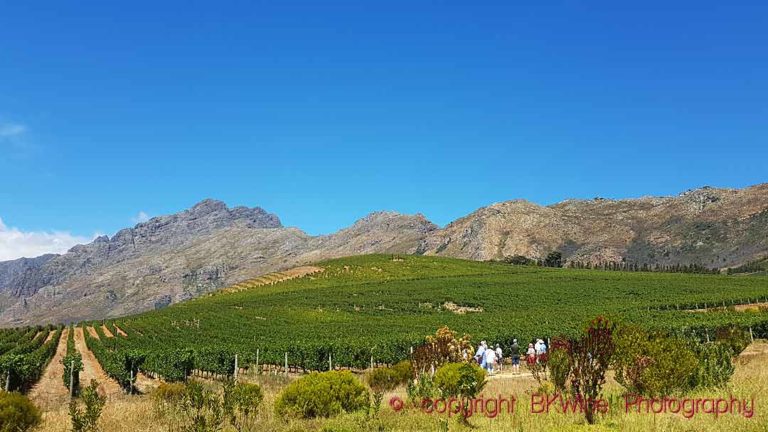





One Response